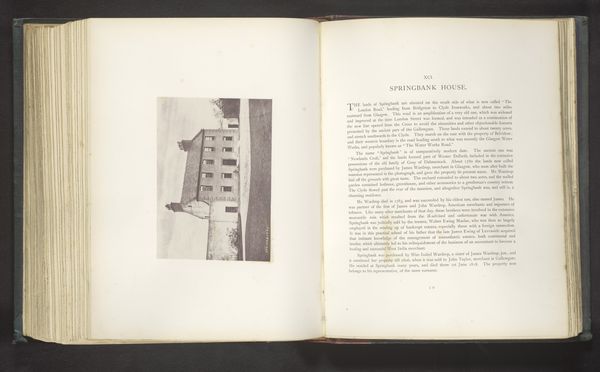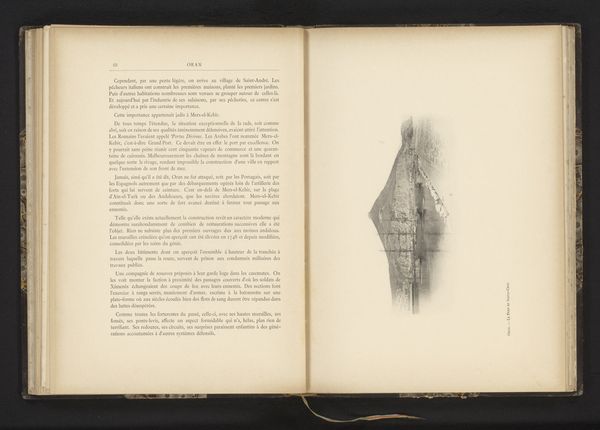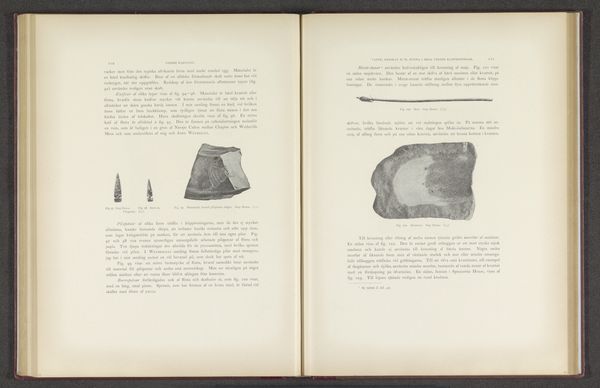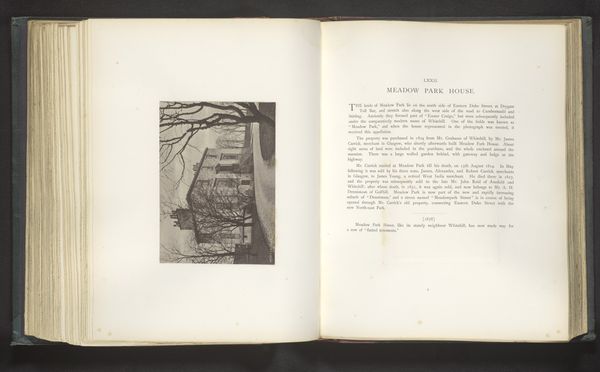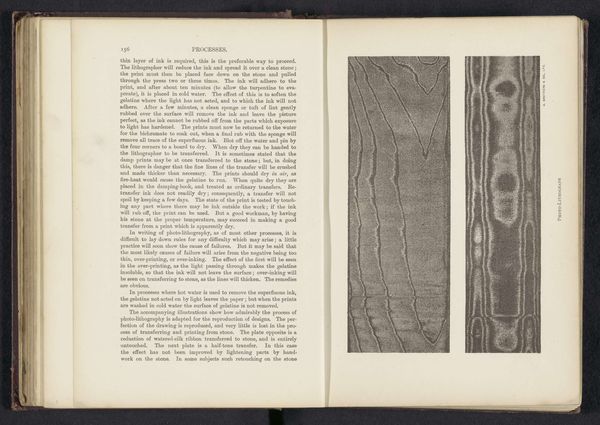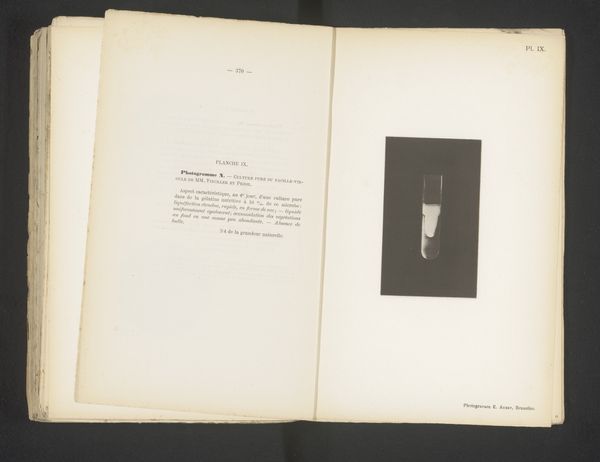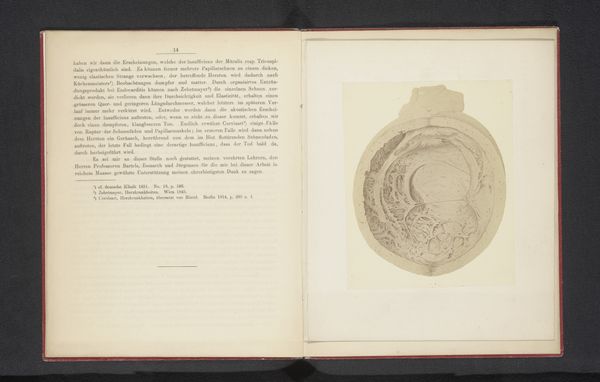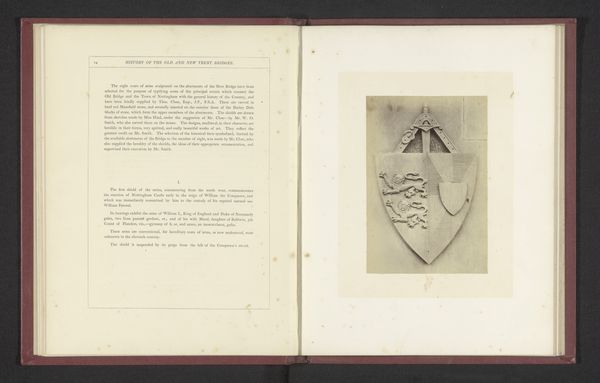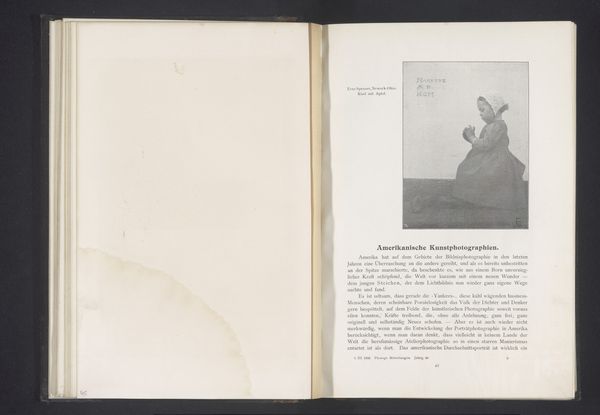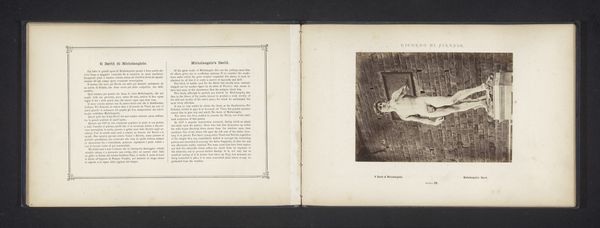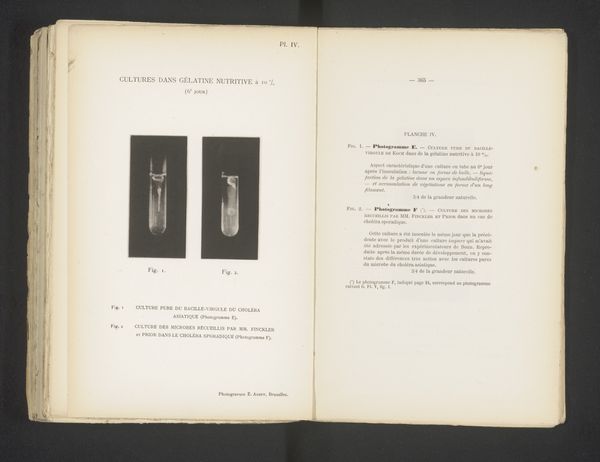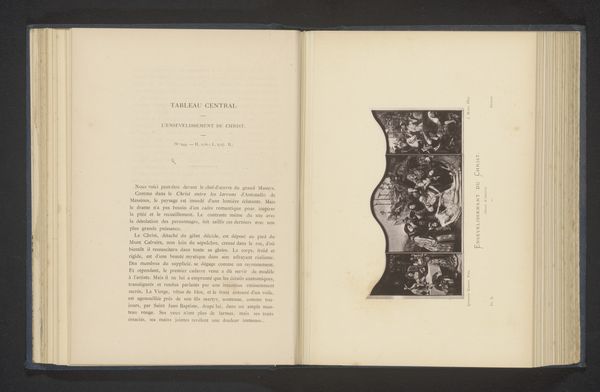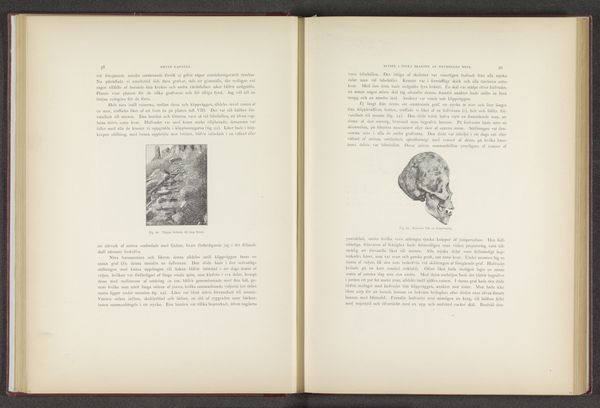
photography, gelatin-silver-print
#
portrait
#
photography
#
gelatin-silver-print
#
realism
Dimensions: height 146 mm, width 92 mm
Copyright: Rijks Museum: Open Domain
Curator: Here we have an arresting photograph, taken before 1881 by an anonymous photographer. It’s a gelatin-silver print titled, “Patient Lijdend aan de huidziekte ‘phtheiriasis corporis’.” The title translates from Dutch to "Patient Suffering from the Skin Disease 'Phthiriasis Corporis.'" Editor: It's stark, almost clinical. The gray scale renders the skin in subtle gradations, highlighting the texture of the skin... quite unsettling. Curator: Indeed. As a portrait, it adheres to the visual conventions of realism, documenting the visible manifestations of a specific ailment with accuracy and minimal aesthetic embellishment. The composition directs your gaze entirely to the subject's upper back, emphasizing the affected area. The uniform lighting prevents unnecessary shadow play, which helps clarify the epidermis disruption. Editor: Phthiriasis corporis refers to a skin condition caused by body lice. Notice the scattered lesions; each signifies a site of parasitic infestation. Culturally, skin diseases have often carried stigma—a visible mark of suffering and uncleanliness. Curator: Yes. The use of photography, allows to provide seemingly objective evidence, serving medical study, in a method, like that in scientific documentation. One can argue this portrait reduces the person to the sum of a diagnosis. Editor: Possibly, but this image has layers: its rawness serves a cultural memory about suffering, connecting this man's experience to similar realities people have faced for centuries. Consider as well the period of its production: late 19th-century medicine grappled with concepts of hygiene and public health. Photography made the invisible—bacteria, disease—visible. Curator: And, from a purely formal stance, its focus and controlled tonal range renders this image visually striking and underscores how documentation, scientific or medical or otherwise, has a formal effect of aesthetic import, a study of contrast, light and dark, and tonal compression. Editor: That contrast is certainly indelible! This image invites reflection about the relationship between representation and human suffering. Curator: Precisely! A perfect synthesis for those interested in medicine, social conditions, and visual culture of that era.
Comments
No comments
Be the first to comment and join the conversation on the ultimate creative platform.
